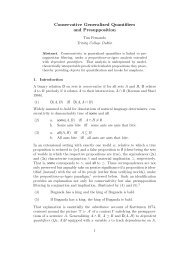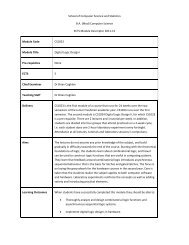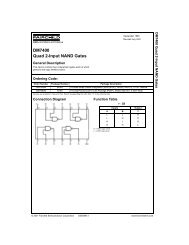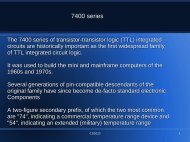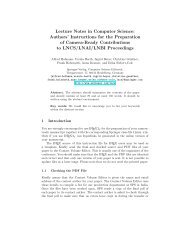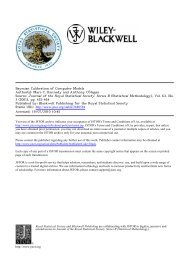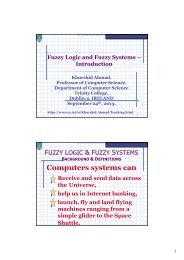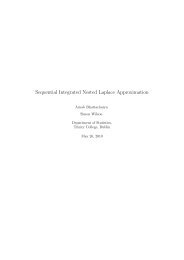Real-time Communication in Vehicular Ad Hoc Networks (VANETs)
Real-time Communication in Vehicular Ad Hoc Networks (VANETs)
Real-time Communication in Vehicular Ad Hoc Networks (VANETs)
Create successful ePaper yourself
Turn your PDF publications into a flip-book with our unique Google optimized e-Paper software.
4.5.1.1 Vehicle velocity<br />
The speed of a vehicle determ<strong>in</strong>es the location change of the vehicle <strong>in</strong> a<br />
certa<strong>in</strong> <strong>time</strong>. The various speeds of vehicles cause the change of network<br />
topology. In this project we set the bound of vehicle speed from 0 to 100<br />
km/h.<br />
4.5.1.2 Acceleration and Deceleration<br />
In the real world, there are few scenarios <strong>in</strong> which a vehicle keeps the same<br />
speed for a long <strong>time</strong>. So we <strong>in</strong>troduce the concept of acceleration and<br />
deceleration <strong>in</strong>to this work.<br />
4.5.1.3 Interdependent movement<br />
It is well known that the movement of vehicles is constra<strong>in</strong>ed not only by the<br />
shape of the road but also by neighbour<strong>in</strong>g vehicles. The speed limitation of a<br />
vehicle should be considered as a mixture of the highest speed bound and the<br />
front vehicle speed.<br />
4.5.1.4 Simplified model<strong>in</strong>g factors<br />
Apart from these highlighted specifics described above, we make some<br />
unconcerned factors straightforward so as to simplify the complexity of the<br />
whole system. For example, some vehicle motions such as lane change and<br />
overtak<strong>in</strong>g other vehicles.<br />
36




